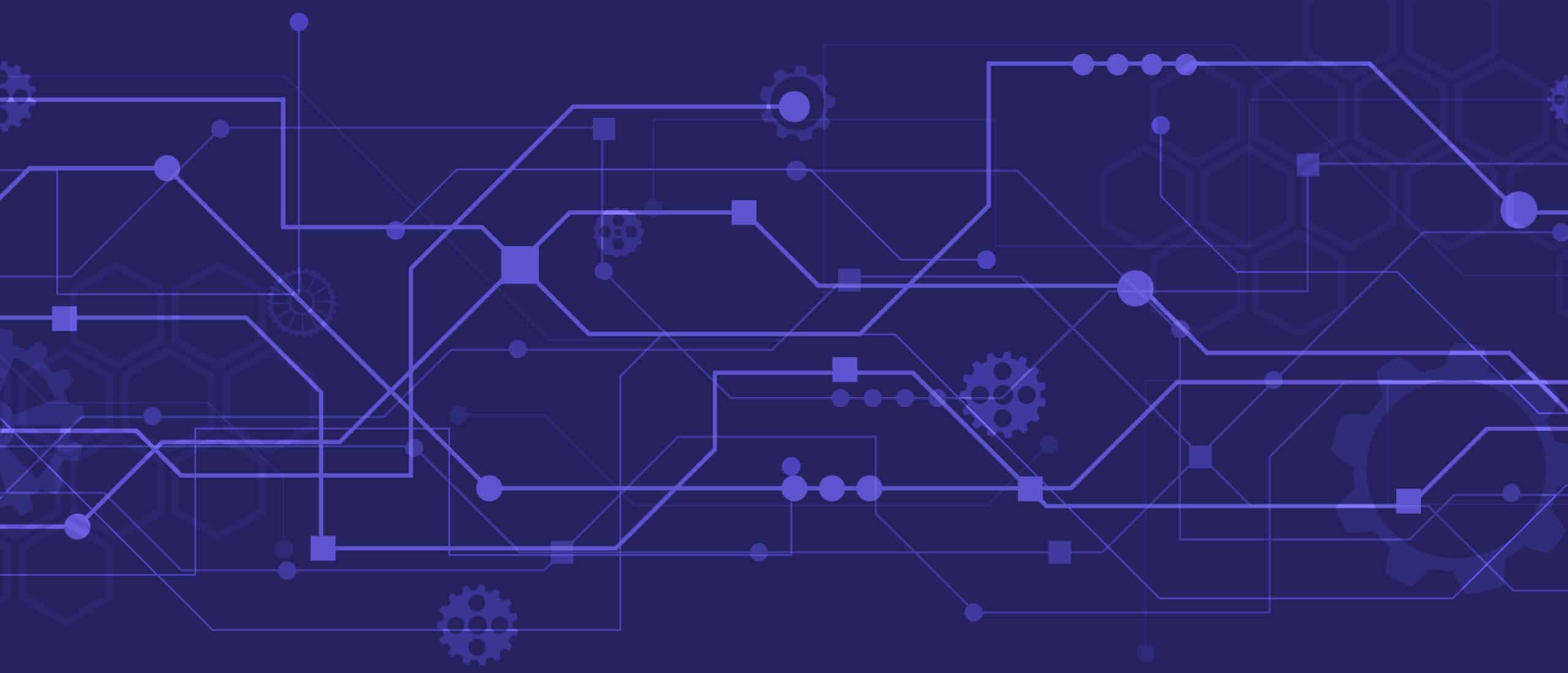Cybersecurity has been an uphill battle for as long as technology has existed. And yet, with software now firmly eating the world, protecting yourself has never been more important.
Cybersecurity is something that should be on everyone’s mind this year, especially any type of organization with multiple people under its umbrella.
Just within the past few years, ransomware attacks have turned to critical infrastructure, healthcare, and government entities. Attackers have taken advantage of the rapid shift to remote work and new technologies. Add to that hacktivism due to global conflicts and U.S. elections, and an increased focus on AI, and you have the perfect recipe for a knotty and turbulent 2024.
We’ve recently looked back at what happened within cybersecurity in 2023. In this article—with some guidance from the Google Cloud Cybersecurity Forecast 2024—we will delve into some of the most anticipated trends, threats, and cutting-edge solutions that are set to define the cybersecurity landscape in the months ahead.
And for more insights on what to expect from the cybersecurity landscape in 2024, register for our upcoming webinar: Securing Tomorrow: Cybersecurity Review 2023 & Forecasting 2024 Threats
Prediction: A Surge in Session Hijacking
We’re likely to see an increase in session hijacking (also known as session stealing). This is a type of security attack where an unauthorized individual intercepts and takes over an active user’s session. Oftentimes, this involves someone taking control of a user’s session on a website or web application after the user has authenticated (logged in).
If you’re wondering how this type of scenario unfolds, it can sometimes happen like this: First, a session token is intercepted when a user logs into a web application. This can happen through techniques such as sniffing unencrypted network traffic, cross-site scripting (XSS) attacks, or malware on the user’s device. With the stolen session token, the attacker can then impersonate the legitimate user and gain access to his or her account and perform various unauthorized actions on their behalf (such as accessing sensitive information, changing account settings, or making unauthorized transactions).
If this happens within an organization, once someone is in your system, they can exist there undetected for as long as it takes someone to discover them.
Prediction: More AI-fueled cybercrime
AI tools are becoming increasingly sophisticated, so cybercriminals are leveraging these capabilities to orchestrate more personalized and convincing attacks. This, of course, means 2024 will see even more challenges to cybersecurity with the help of AI.
One interesting aspect of this surge is how cyberthreats are becoming more personalized. AI-driven algorithms, for instance, enable criminals to analyze vast amounts of data and tailor attacks to specific individuals or organizations. This level of customization will make phishing emails, social engineering attempts, and other cyber scams appear more authentic and difficult to detect in the coming years. Moreover, cyber attackers can leverage AI to craft messages that mimic the communication styles of legitimate entities, thereby increasing the chances of successful deception.
“Generative AI and large language models (LLMs) will be utilized in phishing, SMS, and other social engineering operations to make the content and material (including voice and video) appear more legitimate,” according to the Google Cloud Cybersecurity Forecast 2024.
We can expect the use of AI to extend to automating various stages of cyber attacks, too, allowing cybercriminals to scale their operations and improve efficiency.
“With gen AI, attackers will also be able to execute these campaigns at scale,” says the Google Cybersecurity Forecast. “If an attacker has access to names, organizations, job titles, departments, or even health data, they can now target a large set of people with very personal, tailored, convincing emails. A malicious LLM may not even be necessary to create these emails since there is nothing inherently malicious about, for example, using gen AI to draft an invoice reminder.”
So, in short, 2024 will need us to be more proactive and have an adaptive cybersecurity strategy that can help mitigate risks and protect sensitive information from increasingly sophisticated and personalized cyber threats.
Prediction: Increased Zero-Day Attacks
The persistent exploitation of zero-day vulnerabilities, coupled with a focus on exploiting edge devices, has exhibited a consistent upward trend since 2012. In 2024, indications suggest a likelihood of surpassing the previous record set in 2021.
Anticipating an escalation in zero-day exploits throughout 2024, both nation-state actors and cyber criminal groups are expected to contribute to this surge. The rationale behind this trend lies in the attackers’ desire to establish and prolong access to environments.
By capitalizing on zero-day vulnerabilities, along with targeting edge devices, they can maintain access for extended durations compared to more conventional methods, such as phishing emails followed by malware deployment.
As security measures against phishing and malware improve, threat actors are need to look for alternative strategies to avoid detection.
“Edge devices and virtualization software are particularly attractive to threat actors because they are challenging to monitor,” says Google’s Cyberforecast. “For cyber criminals, they know using a zero-day vulnerability will increase the number of victims and, based on recent mass extortion events, the number of organizations that may pay high ransomware or extortion demands.”
Prediction: A rise in automated spear phishing tools
The emergence of automated spear phishing tools is predicted to lead to a boom in an emerging market for these tools, or a combination of tools, on the dark web by the end of 2024. We can, in fact, expect threat actors to experiment with AI attack tools and start selling them underground.
Spear phishing—one of the most effective tools attackers have to breach networks—is anticipated to be further automated through the use of AI and ML. Well-formatted procedural tasks, such as those involved in spear phishing, are seen as perfect for automation via AI/ML.
What’s worse, AI-driven automation (as we have seen) enables attackers to dynamically adapt their tactics based on real-time feedback and evolving security defenses. In other words, machine Learning algorithms can learn from the outcomes of previous attacks, adjusting the content, timing, and delivery methods to improve the chances of deceiving targets and bypassing security measures.
One of the key advantages that AI and ML bring to spear phishing is the ability to automate the generation of convincing and contextually relevant messages. This is because these technologies can analyze vast datasets, including social media profiles, past communication patterns, and organizational hierarchies to tailor phishing emails that closely mimic legitimate correspondence. The result is a more sophisticated and personalized attack, increasing the likelihood of success.
In short, automating procedural tasks for spear phishing will allow threat actors to launch campaigns at scale with minimal manual effort.
Prediction: Hybrid and multicloud attacks will hit harder
The sophistication of attacks directed at hybrid and multicloud environments is advancing, leading to heightened impact levels. Threat actors are actively focusing on cloud environments to establish persistence and facilitate lateral movement, according to the Google Cloud Cybersecurity Forecast 2024.
Looking ahead in 2024, these tactics are anticipated to progress further, extending beyond the confines of individual cloud environments. Threat actors are expected to exploit misconfigurations and identity-related issues to traverse laterally across diverse cloud environments.
A good defense
As our cybersecurity landscape continues to evolve, we must remain agile, continuously refining practices, making strategic, risk-based investments, and proactively preparing for whatever comes next. The role of AI is set to increase in cybersecurity, and organizations will need to strike a balance between leveraging innovation and managing resulting risks.
There is little doubt that the interconnected nature of our digital landscape (not to mention, the ever-expanding attack surface) needs a forward-looking approach to cybersecurity: one that prioritizes the ability to see, protect, and manage in the face of evolving cyber threats.
At Coro, we offer modular cybersecurity that can offer protection for any size or need. If you want to learn more about how Coro can help you protect your organization, watch a demo today and join the thousands of organizations that have chosen one of the fastest-growing cybersecurity company in North America.

















